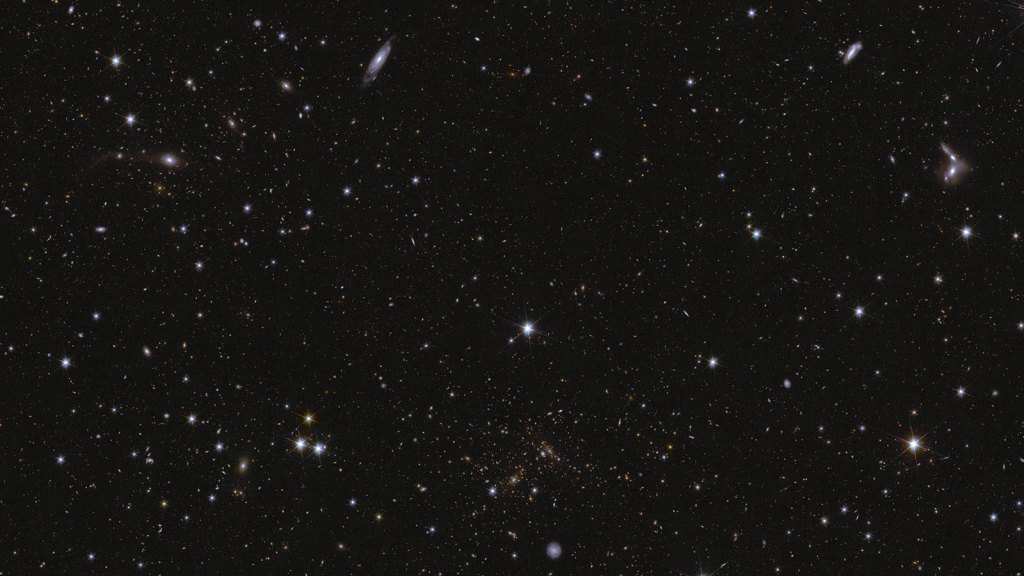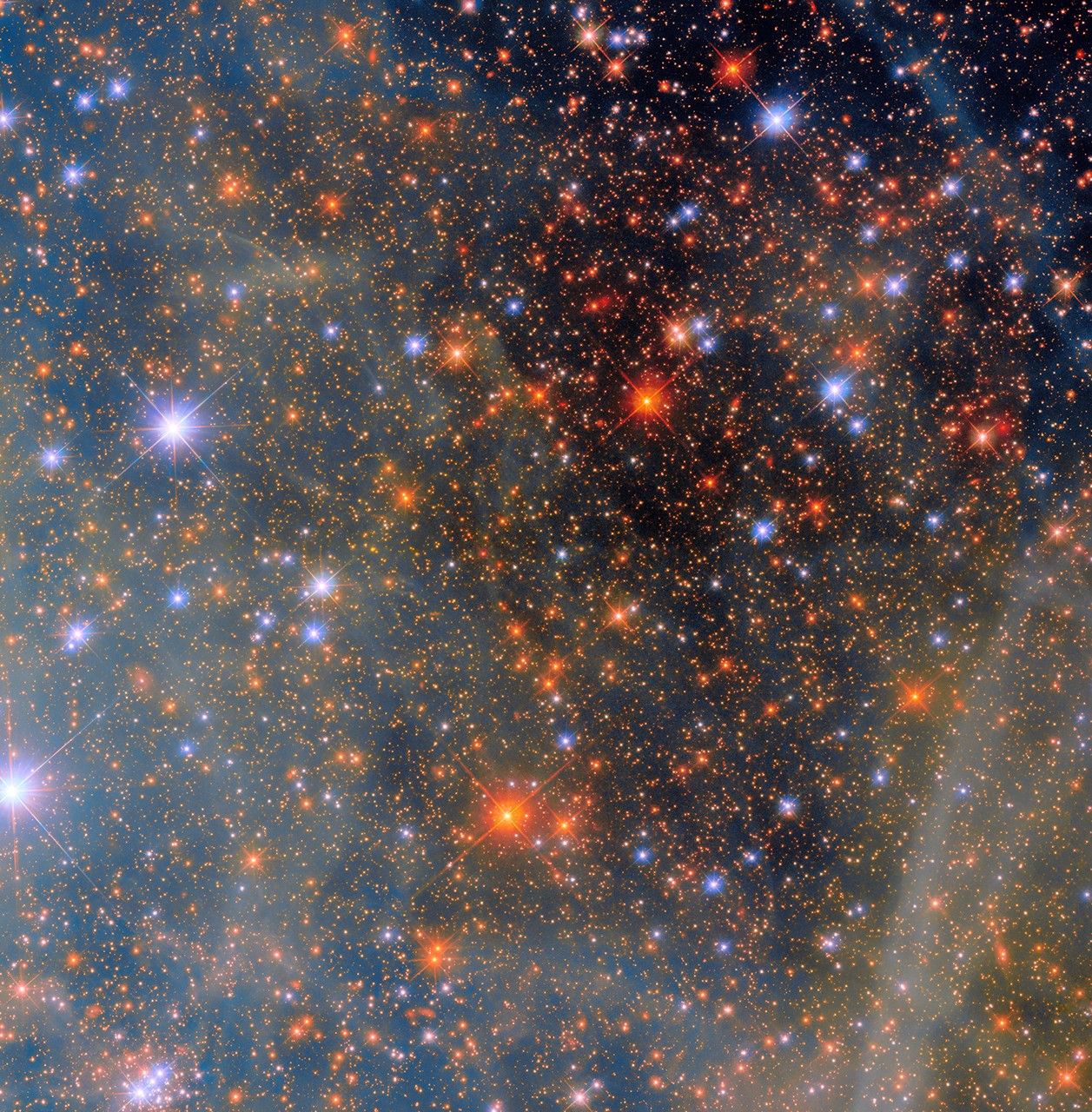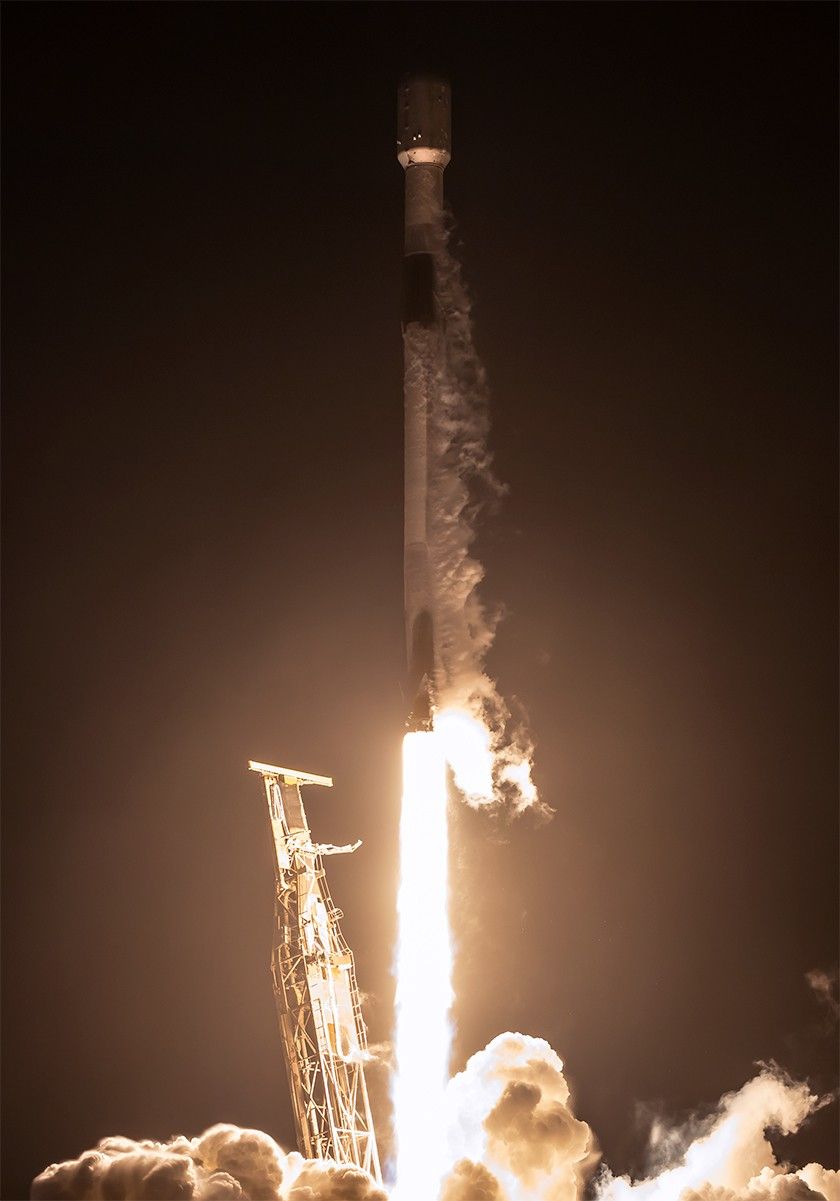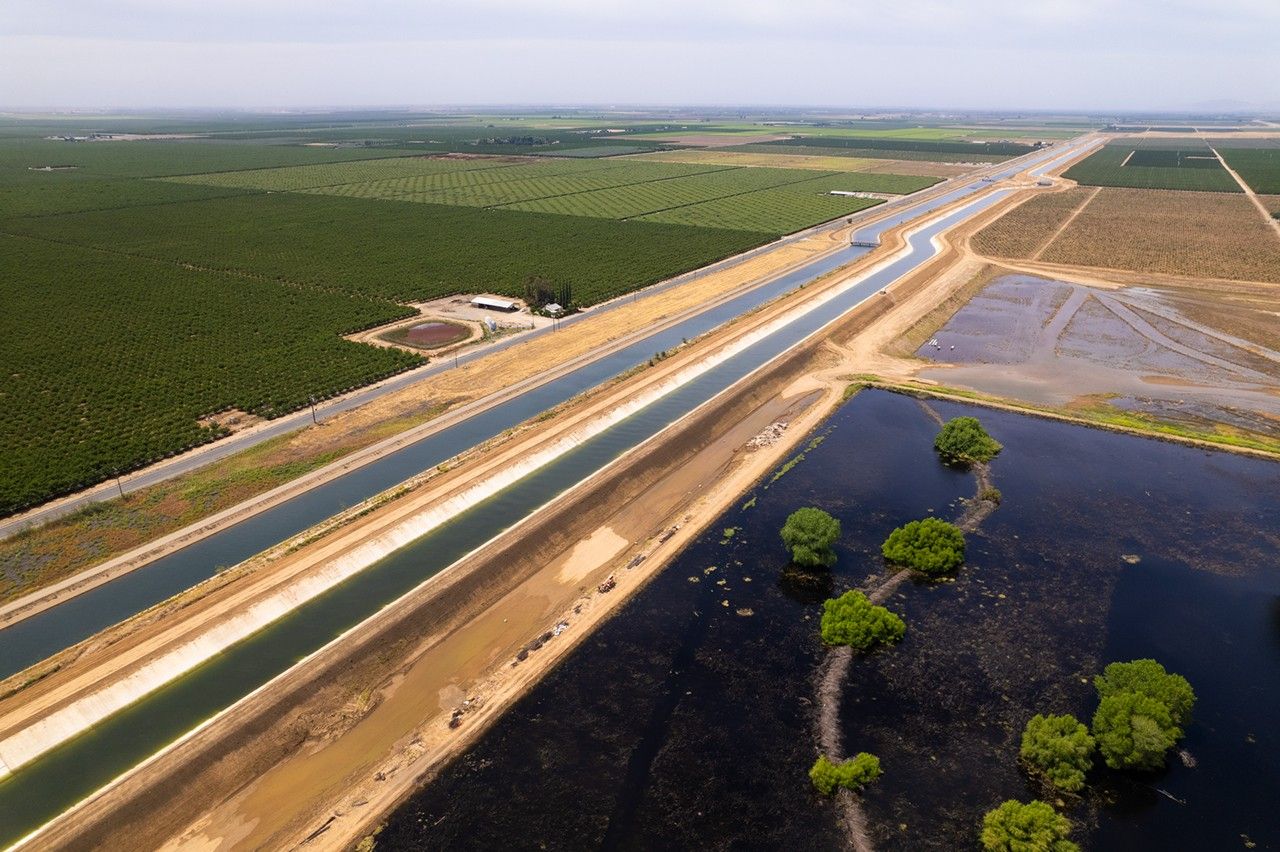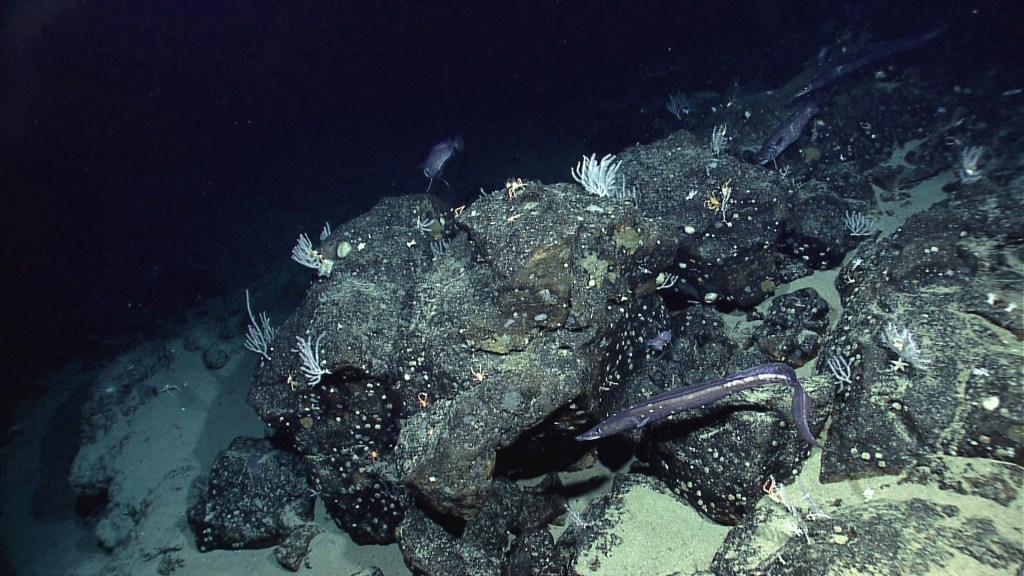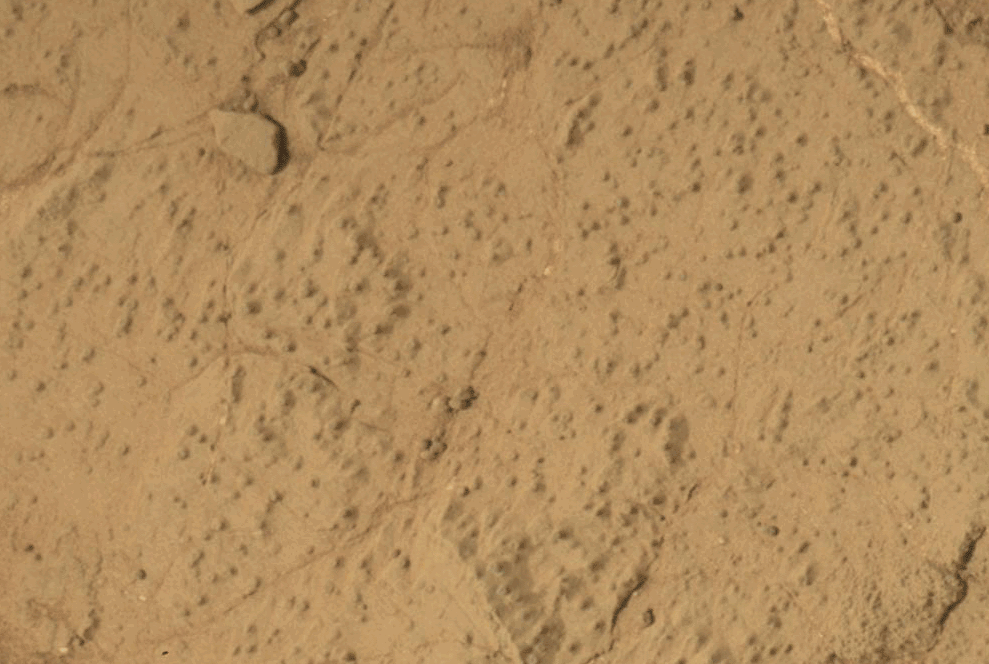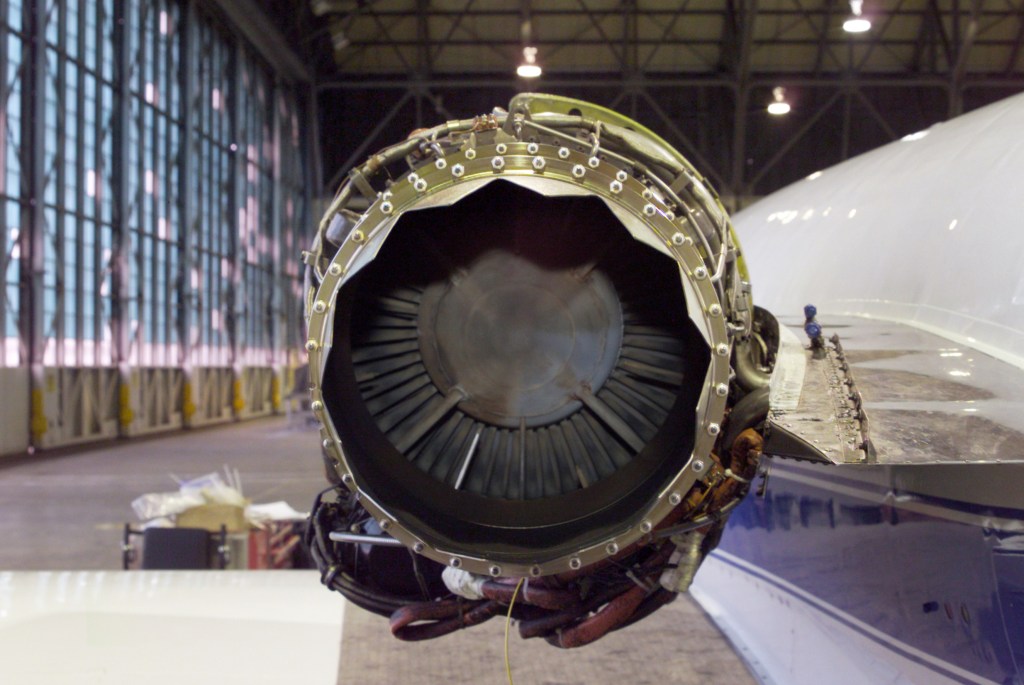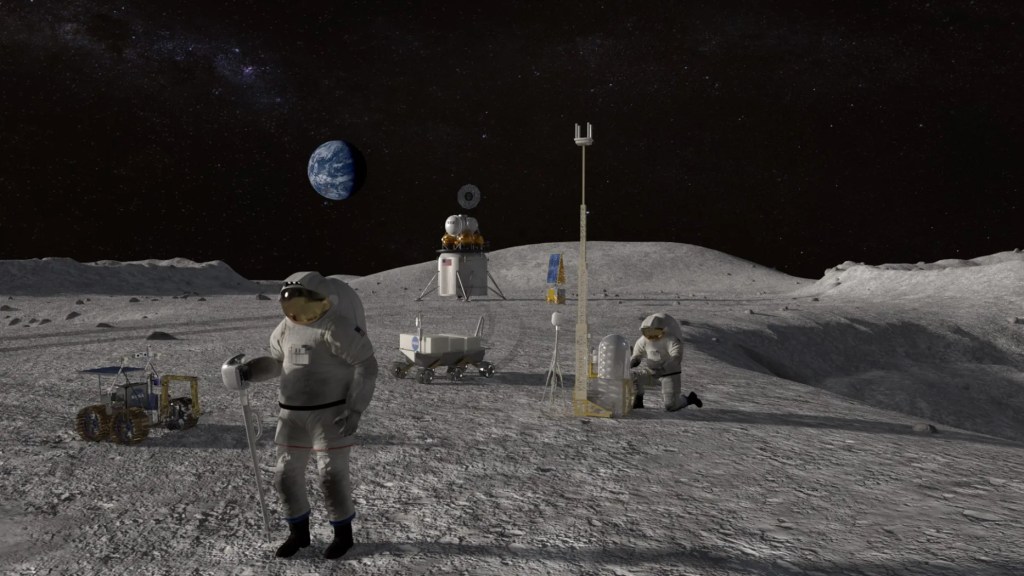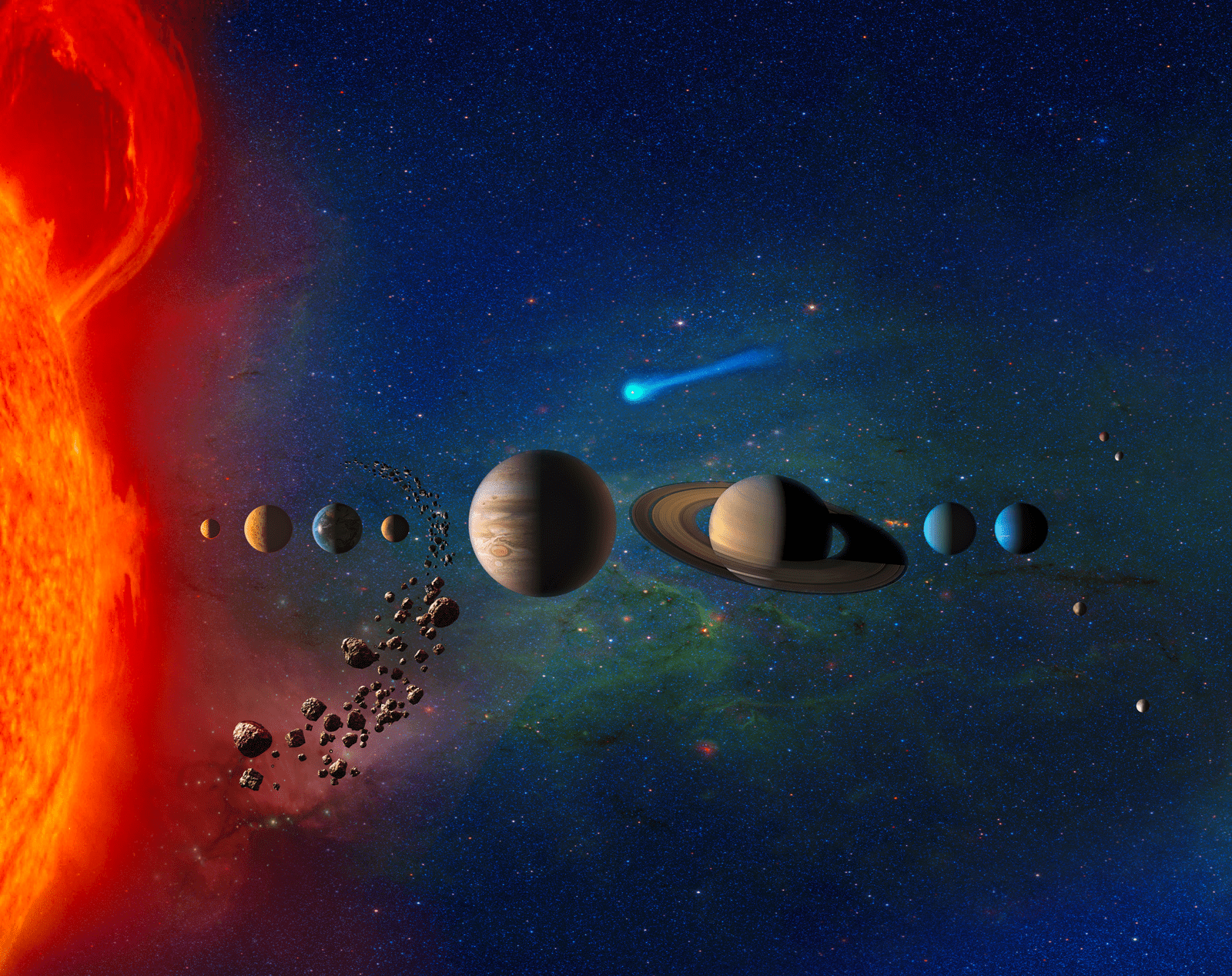NASA has received and is reviewing 12 proposals for future unmanned solar system exploration. The proposed missions of discovery – submitted under NASA’s New Frontiers program – will undergo scientific and technical review over the next seven months. The goal is to select a mission for flight in about two years, with launch in the mid-2020s.
“New Frontiers is about answering the biggest questions in our solar system today, building on previous missions to continue to push the frontiers of exploration,” said Thomas Zurbuchen, Associate Administrator for NASA’s Science Mission Directorate in Washington. “We’re looking forward to reviewing these exciting investigations and moving forward with our next bold mission of discovery.”
Selection of one or more concepts for Phase A study will be announced in November. At the conclusion of Phase A concept studies, it is planned that one New Frontiers investigation will be selected to continue into subsequent mission phases. Mission proposals are selected following an extensive competitive peer review process.
Investigations for this announcement of opportunity were limited to six mission themes:
- Comet Surface Sample Return
- Lunar South Pole-Aitken Basin Sample Return
- Ocean Worlds (Titan and/or Enceladus)
- Saturn Probe
- Trojan Tour and Rendezvous
- Venus In Situ Explorer
The New Frontiers Program conducts principal investigator (PI)-led space science investigations in SMD’s planetary program under a development cost cap of approximately $1 billion.
This would be the fourth mission in the New Frontiers portfolio; its predecessors are the New Horizons mission to Pluto, the Juno mission to Jupiter, and OSIRIS-REx, which will rendezvous with and return a sample of asteroid Bennu.
New Frontiers Program investigations must address NASA’s planetary science objectives as described in the 2014 NASA Strategic Plan and the 2014 NASA Science Plan.
The New Frontiers Program is managed by the Planetary Missions Program Office at the Marshall Space Flight Center for NASA’s Planetary Science Division.
Read more about NASA’s New Frontiers Program and missions at:

